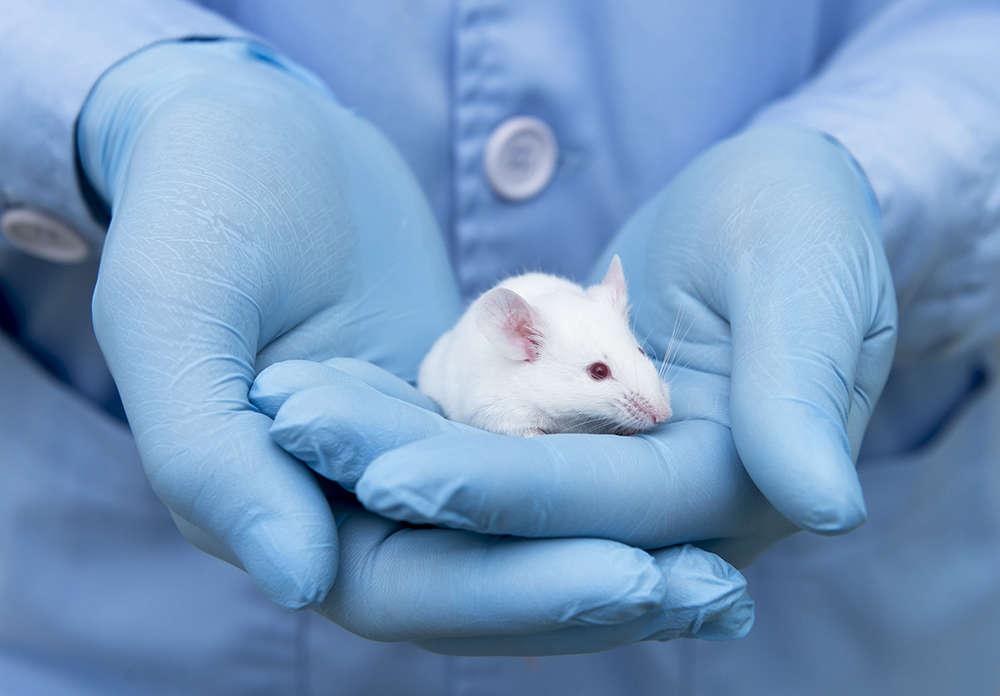Laboratory Fish
Posted 2024-04-11 07:53:39
0
866

Laboratory Fish as An Indispensable Tool in Biomedical Research
Fish, especially zebrafish, have become the fastest growing segment of research populations. They have become indispensable tools in biomedical research. Laboratory fishes used in biomedical research include zebrafish, medaka, killifish, swordtail fish, cavefish, Stickleback, goldfish, and Danionella translucida. Among them, zebrafish is the most commonly used laboratory fish, and its transparent embryos and rapid growth make it ideal for studying genetics, toxicology, pharmacology, and cancer. In addition to this, zebrafish are popular among scientists because they share about 70% genetic similarity with humans.

What Fields of Scientists Benefit from Laboratory Fish?
- Gene mutation studies. The transparent ectoderm of zebrafish makes it easy to observe its development in real time and allows rapid screening for specific gene mutations.
- High-throughput drug screening and testing. Because of their small size, short life cycle, and rapid reproduction, experimental fish allow for rapid and efficient large-scale drug screening and testing.
- Disease modeling. Many human diseases can be replicated in experimental fish, which in turn allows for the study of their pathogenesis, disease processes, and potential therapeutic strategies.
- Developmental biology research. Embryonic development in experimental fish (especially zebrafish) is rapid, with the first cell divisions of the embryo observed within a few hours. This makes them ideal models for studying developmental biology.
- Cellular and molecular biology studies. Using transgenic technology, it is possible to visualize the expression patterns of specific genes, cell migration pathways, etc. in experimental fish.
- Gene editing applications. gene editing techniques such as CRISPR/Cas9 are widely used in experimental fish, allowing researchers to precisely insert, repair, or knock out specific genes.
- Behavioral studies. Because experimental fish can adapt and demonstrate a range of complex behaviors in a laboratory environment, such as learning behavior, memory, social behavior, etc.
Learn more:zebrafish models
Search
Categories
- Art
- Causes
- Crafts
- Dance
- Drinks
- Film
- Fitness
- Food
- Games
- Gardening
- Health
- Home
- Literature
- Music
- Networking
- Other
- Party
- Religion
- Shopping
- Sports
- Theater
- Wellness
- IT, Cloud, Software and Technology
Read More
Understanding Neuropure: A Natural Solution for Nerve Health
Nerve health is a critical yet often overlooked component of overall well-being. Millions of...
Die besten Strategien zum EA FC 26 Coins Kaufen: Tipps und Tricks für FC26 Coins Kaufen und FC 26 Coins Kaufen
Die besten Strategien zum EA FC 26 Coins Kaufen
In der spannenden Welt von EA FC 26 spielt der...
"Defense Cyber Security Market: Emerging Trends, Challenges, and Future Growth"
Global Defense Cyber Security Market Study 2021-2032, by Segment. A new Defense Cyber Security...
3D Print Dental Device Market Navigating Share and Scope Trends for 2024-2030
latest recently released a research report titled global 3D Print Dental Device Market...


